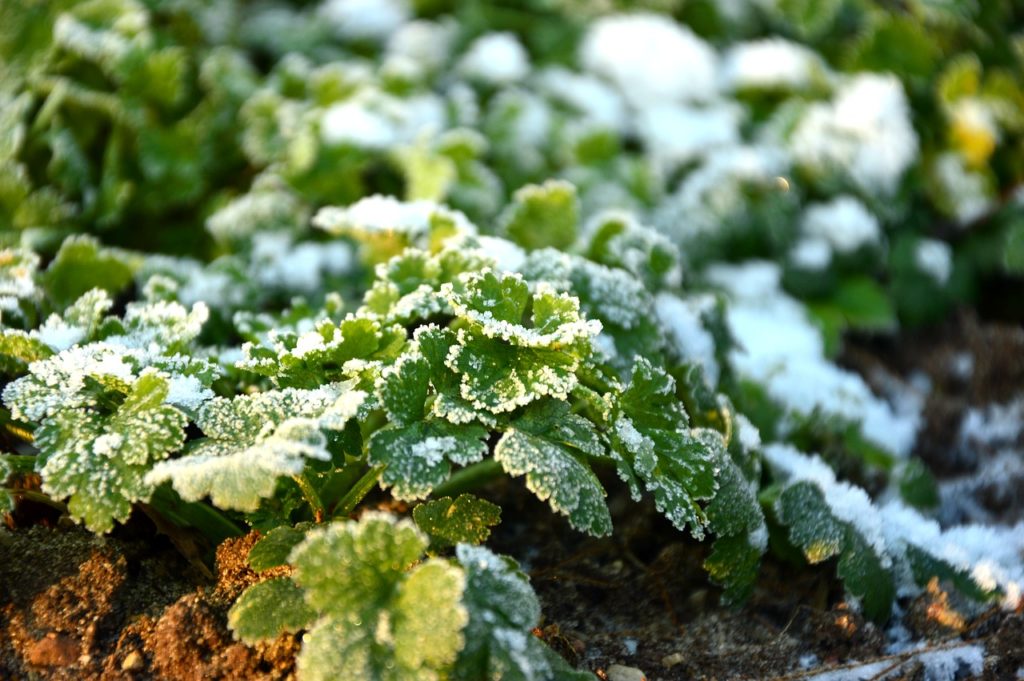 Many of us don’t give much thought to our gardens during the winter months. We watch as our plants start to wilt and slowly go dormant, and in spring, we start anew. What many people don’t know is that by preparing your garden for winter, you can help maintain the look of your garden, provide a level of frost protection, and prepare it for planting season in the spring. Follow these tips to help give your garden a head start when it warms up:
Many of us don’t give much thought to our gardens during the winter months. We watch as our plants start to wilt and slowly go dormant, and in spring, we start anew. What many people don’t know is that by preparing your garden for winter, you can help maintain the look of your garden, provide a level of frost protection, and prepare it for planting season in the spring. Follow these tips to help give your garden a head start when it warms up:
- Eliminate weeds and tidy up your garden. As the weather starts to cool, your plants will begin to break down. This will make it easier to see hidden weeds that need to be pulled along with dead stalks and other plant debris that could become home to pests over the winter. Remove all dead or dying foliage to create a clean slate for the spring.
- Store your outdoor furniture and till the soil. Before winter, take the time to put away furniture that could become a haven for pests in your garden, such as patio chairs and umbrella stands. With the ground bare, gently till the soil to expose insects. This can help reduce pest problems in the spring and summer. Ideally, you want to turn your soil at least twice a year, as this is a good defense against weeds that can invade and damage your plants.
- Lay down mulch to protect your perennials. Delicate perennials in your garden may need extra protection during the winter. Mulch can be used as a winter garden cover to help maintain moisture and reduce the effects of freezing. Pine needles, leaves, and other organic materials can be used as natural mulch for your garden. Some types of mulch can also prevent soil erosion and compaction caused by snow and heavy rain.
- Give some attention to shrubs and trees. Harsh winter winds and cold temperatures can be hard on gardens. In the fall, prune back branches to improve their shape and remove any diseased, damaged, or dead areas. If you have newly planted trees with thin bark, wrap the trees with tree wrap tape and spiral tree protectors to prevent damage from fluctuating temperatures.
- Cover seedlings during particularly cold nights. Tender vegetable seedlings can typically survive in conditions as low as 28 degrees Fahrenheit. If the forecast calls for temperatures lower than this, consider covering the seedlings in your vegetable garden with blankets or clear plastic. Be sure to remove the blankets or plastic sheeting during the day to prevent excessive heat from accumulating.
- Protect ponds and other water features in your garden. In the winter, your ponds and water features can quickly become clogged with leaves and other debris. Before winter hits, do a thorough cleaning of the water, especially if it appears murky. If your pump is unable to be used in the winter, remove it along with any plants or décor in the pond. In addition, if you have live fish in your pond, make sure that your aerator is working or install a heater so that the water’s surface does not completely freeze over.
